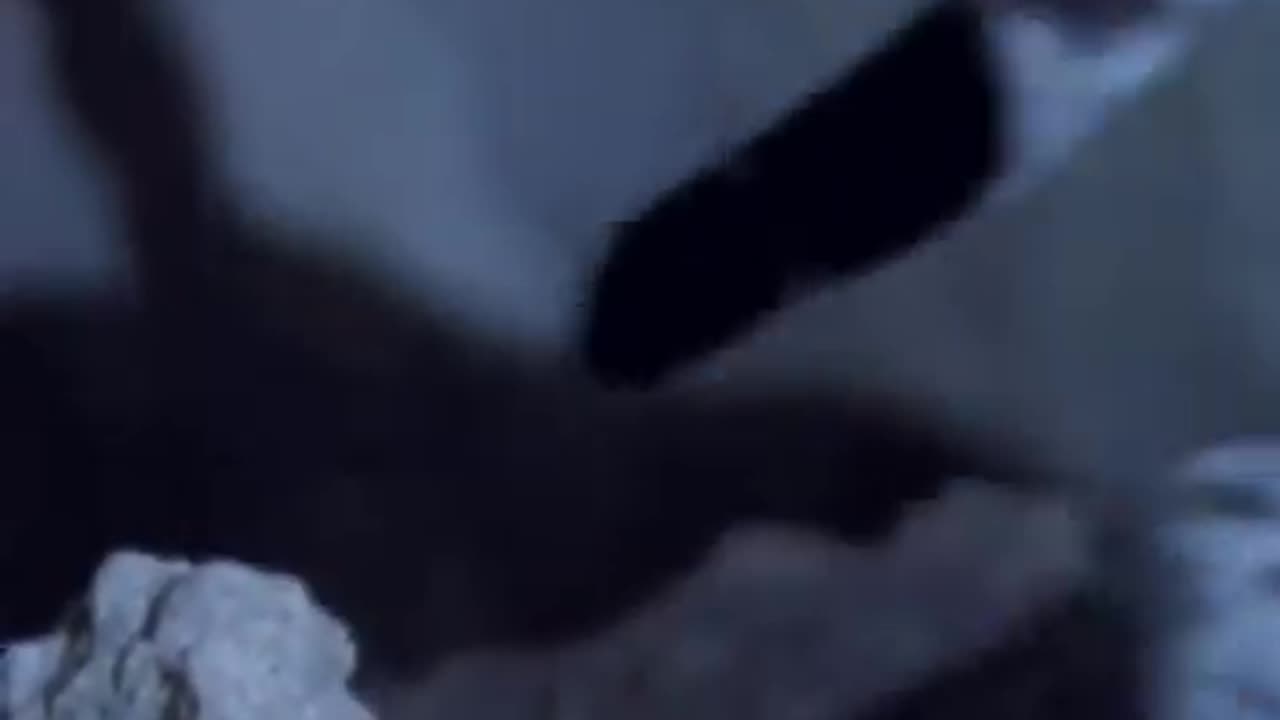Premium Only Content

ocelot - facts about ocelots
Description:
The ocelot is a medium-sized wild cat, typically weighing between 8 to 15 kilograms (18 to 33 pounds). It has a sleek, slender body with a beautifully patterned coat that features rosettes and spots, which provide excellent camouflage in its forest habitat. Ocelots have a distinctively marked face, with dark stripes extending from their eyes to their necks, resembling the patterns seen on larger felines like leopards.
Habitat:
Ocelots inhabit a variety of habitats, including tropical forests, savannas, and mangrove swamps, throughout South America, Central America, and parts of Mexico and the southern United States. They are highly adaptable cats, capable of living in diverse environments as long as there is suitable prey and adequate cover for hunting.
Behavior:
These solitary hunters are primarily nocturnal, preferring to hunt and roam during the cover of night. Ocelots are skilled climbers and swimmers, allowing them to navigate their varied habitats with ease. They are carnivorous predators, feeding on a diet consisting mainly of small mammals like rodents, birds, and reptiles, but they may also hunt larger prey such as monkeys and deer.
Threats:
Despite their adaptability, ocelot populations face numerous threats, including habitat loss and fragmentation due to deforestation, poaching for their fur, and conflicts with humans over livestock predation. As a result, they are listed as "Least Concern" by the International Union for Conservation of Nature (IUCN), but their populations are declining in many regions.
Conservation:
Conservation efforts are underway to protect ocelot populations and their habitats, including the establishment of protected areas and wildlife corridors to facilitate their movement. Additionally, raising awareness about the importance of preserving these majestic cats and implementing measures to mitigate human-wildlife conflicts are crucial steps in ensuring their survival for future generations.
Hashtags:
#OcelotFacts #WildlifeConservation #ProtectTheOcelots #WildCat #Biodiversity #HabitatProtection #EndangeredSpecies #NaturePreservation #ConservationEfforts #CatLovers
-
 LIVE
LIVE
putther
21 minutes ago⭐ Bounty Hunting on GTA⭐
22 watching -
 LIVE
LIVE
Total Horse Channel
22 hours agoAMHA 2025 9/20
1,045 watching -
 1:53:15
1:53:15
I_Came_With_Fire_Podcast
12 hours agoThe Satanic Cults Convincing Kids to Commit Violence
15.9K9 -
![Mr & Mrs X - [DS] Created Antifa To Push An Insurgency In This Country - Ep 8](https://1a-1791.com/video/fww1/f9/s8/1/k/f/O/j/kfOjz.0kob-small-Mr-and-Mrs-X-DS-Created-Ant.jpg) 1:02:13
1:02:13
X22 Report
5 hours agoMr & Mrs X - [DS] Created Antifa To Push An Insurgency In This Country - Ep 8
114K43 -
 1:13:24
1:13:24
Wendy Bell Radio
9 hours agoPet Talk With The Pet Doc
27K39 -
 1:19:30
1:19:30
Game On!
1 day ago $9.81 earnedCollege Football Week 4 Betting Preview!
132K4 -
 26:04
26:04
Artur Stone Garage
4 days ago $1.74 earned$500 Civic: Will It EVER Drive Without Breaking Down?
21.3K7 -
 31:44
31:44
SouthernbelleReacts
2 days ago $2.49 earned“E.T. Phone Home! 🛸 Emotional Mom Style Reaction to E.T. the Extra-Terrestrial (1982)”
32.6K6 -
 20:10
20:10
JohnXSantos
1 day ago $1.21 earnedI Built a FAKE Luxury Brand With $100 In 7 Days
27.2K2 -
 25:24
25:24
marcushouse
5 hours ago $2.63 earnedStarship Test Trouble… and Block 3 Finally Unveiled! 🤯
31.8K7